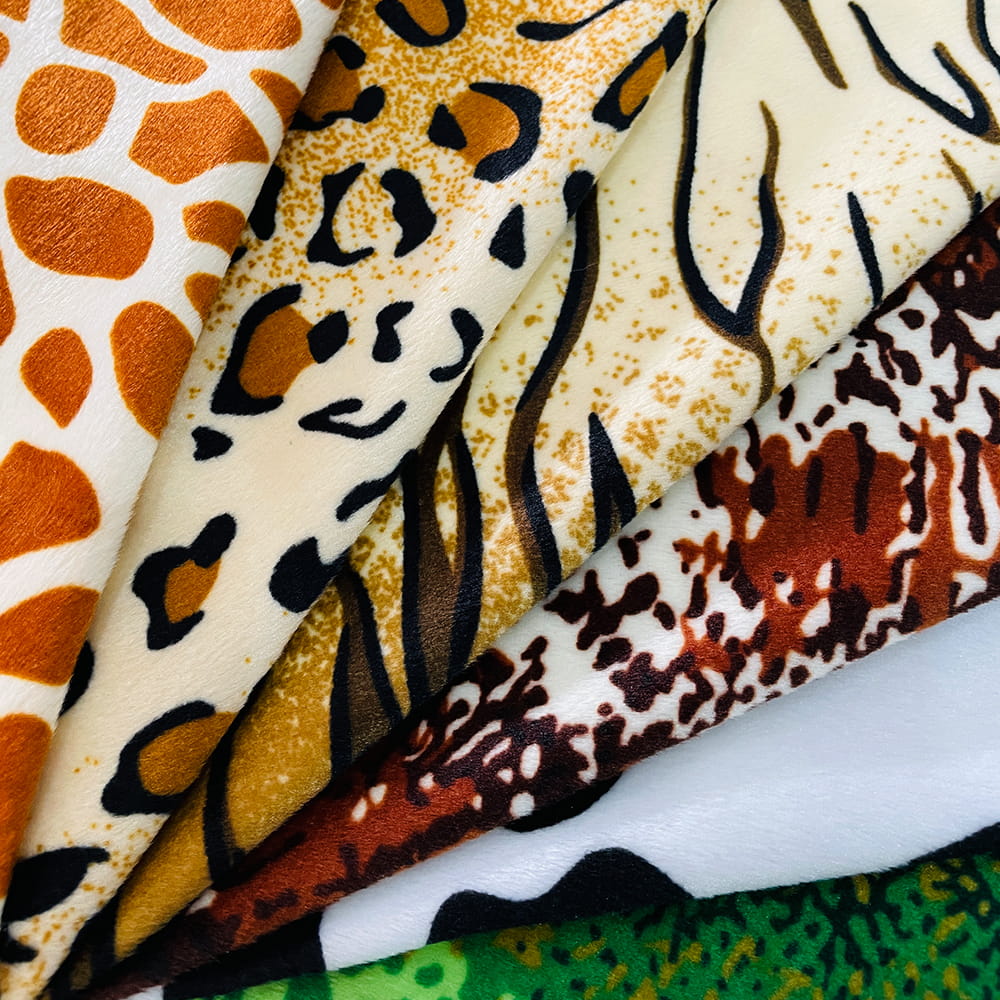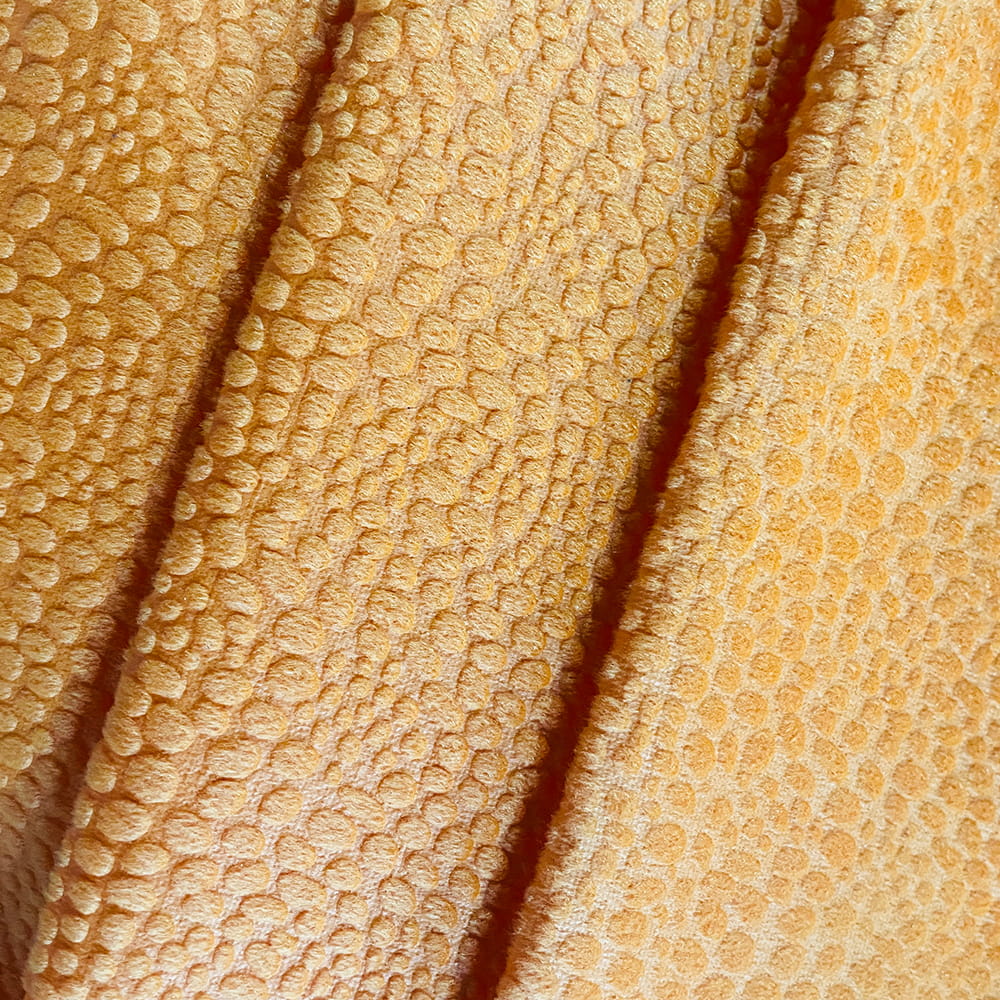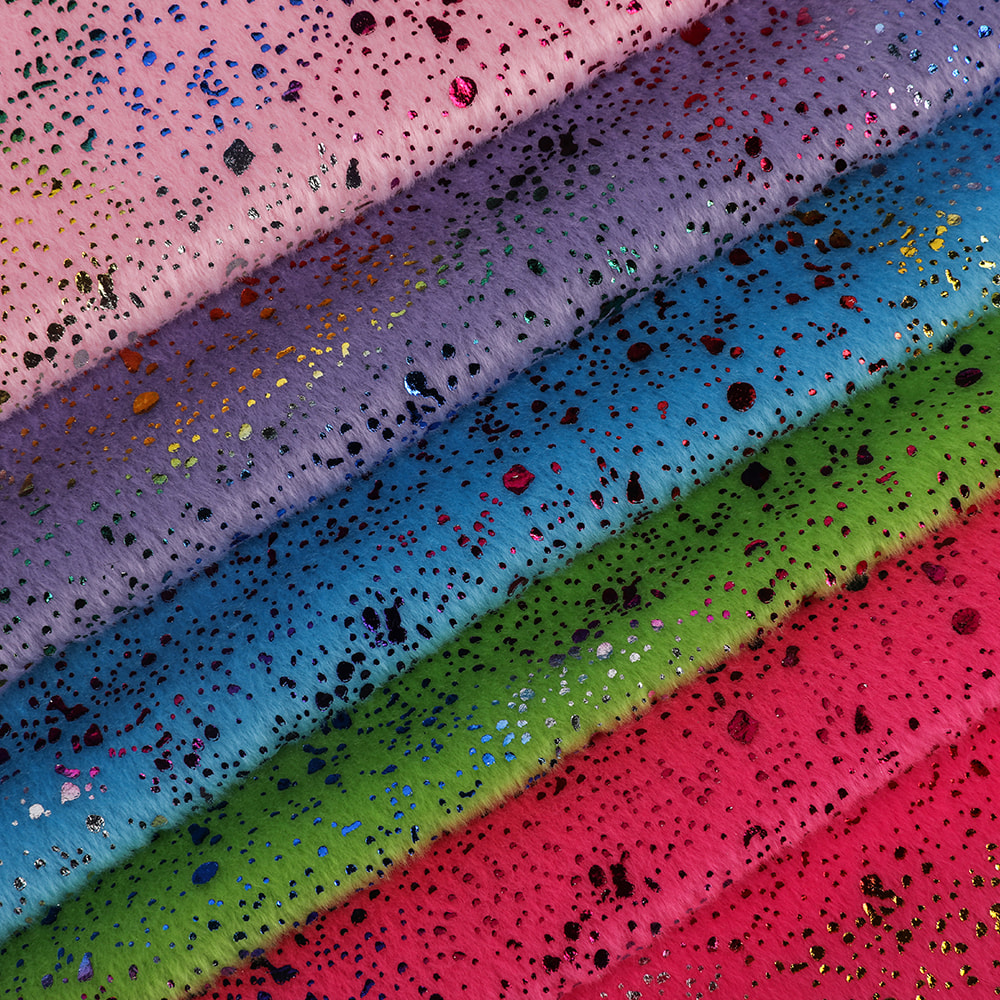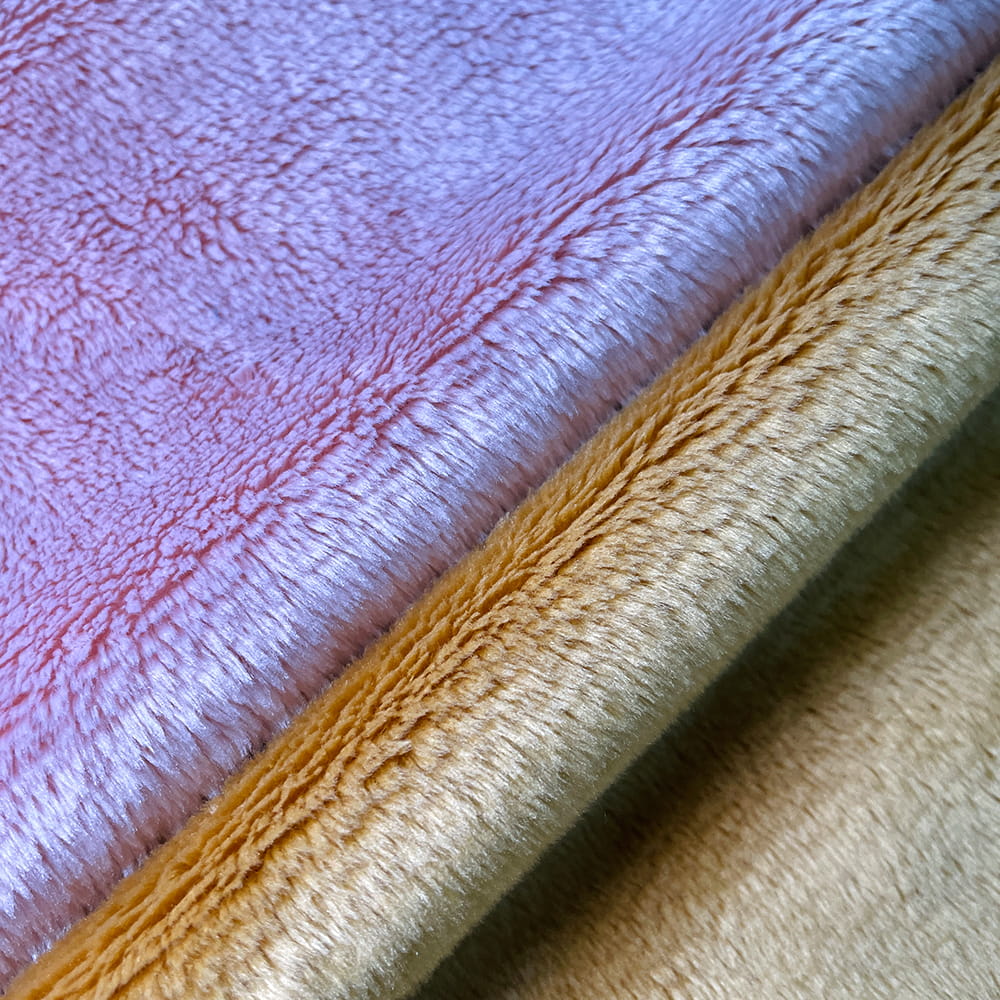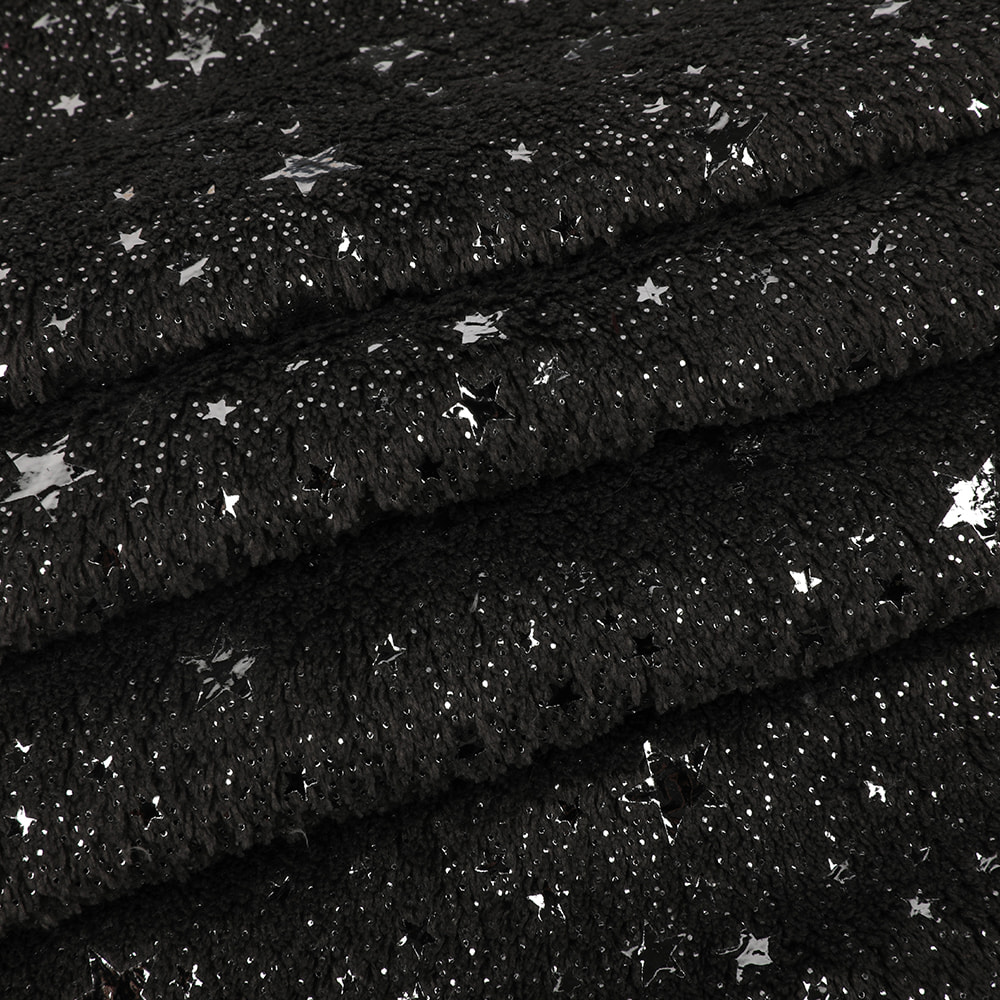Collection: Fabric recycling begins with the collection of used or discarded textiles. This can occur through various channels, including donation centers, textile recycling bins, thrift stores, and waste management facilities. Some organizations also conduct textile drives to encourage the community to donate unwanted clothing and textiles.
Sorting: Upon collection, the textiles undergo sorting to categorize them based on factors such as fiber composition, color, and condition. Automated sorting systems equipped with sensors and cameras help expedite this process by identifying and separating different types of fabrics. Sorting is crucial to ensure that materials of similar characteristics are grouped together, facilitating efficient processing downstream.
Cleaning: Once sorted, the textiles undergo cleaning to remove contaminants such as dirt, oils, dyes, and chemical finishes. Depending on the extent of soiling and the fabric type, various cleaning methods may be employed. These can include washing with water and detergent, dry cleaning using solvents, or specialized treatments to dissolve or lift stains and residues. Cleaning helps prepare the textiles for further processing while ensuring the quality and integrity of the recycled material.
Shredding or Breaking Down: After cleaning, the textiles are often shredded or broken down into smaller pieces to facilitate subsequent processing steps. Shredding can be accomplished using mechanical shredders or cutting machines, which reduce the textiles into smaller fragments or fibers. Alternatively, some fabrics may be disassembled through tearing or cutting processes. This step is crucial for homogenizing the material and improving its processability in subsequent stages.
Fiber Reclamation: In cases where the recycled material comprises natural or synthetic fibers, such as cotton, polyester, or nylon, the shredded fabric undergoes further processing to reclaim these fibers. Mechanical techniques such as carding, combing, or garnetting are employed to separate and align the fibers, removing impurities and ensuring uniformity. The reclaimed fibers can then be blended with virgin or recycled fibers to create new textile materials.
Reprocessing: The shredded fabric or reclaimed fibers are reprocessed to produce yarns, fabrics, or other textile products. This involves various manufacturing techniques tailored to the desired end product. For instance, spinning machinery is used to twist fibers into yarns, which can then be woven, knitted, or tufted to form fabrics or textiles. Advanced technologies such as air-jet or water-jet weaving, circular knitting, and nonwoven production methods may also be employed depending on the application and specifications of the final product.
Finishing: Once the recycled fabric is manufactured, it may undergo finishing processes to enhance its properties, aesthetics, or functionality. This can include treatments such as dyeing to impart color, printing to apply patterns or designs, or coating to add water repellency or flame resistance. Finishing processes may also encompass mechanical treatments such as calendering, shearing, or brushing to modify the surface texture and appearance of the fabric. These treatments are tailored to meet the performance requirements and aesthetic preferences of the end user or application.
Quality Control: Throughout the recycling process, rigorous quality control measures are implemented to ensure that the recycled fabric meets predetermined standards for strength, durability, colorfastness, and other performance criteria. Quality checks may be conducted at various stages, including incoming inspection of raw materials, in-process monitoring of production parameters, and final testing of finished products. Quality control protocols help identify and rectify any deviations or defects, ensuring that the recycled fabric meets customer expectations and regulatory requirements.
Product Manufacturing: The recycled fabric is then used as a raw material in the manufacturing of various textile products, including apparel, accessories, home textiles, industrial fabrics, and more. These products are designed, cut, sewn, and assembled according to specific patterns and specifications. Manufacturers may utilize traditional garment production techniques or adopt advanced technologies such as computer-aided design (CAD), automated cutting systems, and robotic sewing machines to streamline production processes and optimize efficiency. The resulting products offer consumers sustainable alternatives to conventional textiles, contributing to environmental conservation and circular economy initiatives.
- Home
- Product
- Short Plush Fabric
- Super Soft Velvet Fabric
- Crystal Velvet Fabric
- Spandex Super Soft Velboa Fabric
- Solid Spandex Super Soft Velboa Fabric
- Printed Spandex Super Soft Velboa Fabric
- Cutting Spandex Super Soft Velboa Fabric
- Embossed Spandex Super Soft Velboa Fabric
- Brushed Spandex Super Soft Velboa Fabric
- Two side Spandex Super Soft Velboa Fabric
- Stripe Spandex Super Soft Velboa Fabric
- Square Diamond Fleece Spandex Super Soft Velboa Fabric
- Two-color Silk Spandex Super Soft Velboa Fabric
- Coral Fleece Fabric
- Flannel Fleece Fabric
- Dutch Velvet Solid Fabric
- Shu Velveteen Fabric
- PV Fleece Fabric
- Loop Velcro Fabric
- Rabbit Fur Fabric
- Recycled Fabric
- About Us
- News
- Contact Us
Web Menu
- Home
- Product
- Short Plush Fabric
- Super Soft Velvet Fabric
- Crystal Velvet Fabric
- Spandex Super Soft Velboa Fabric
- Solid Spandex Super Soft Velboa Fabric
- Printed Spandex Super Soft Velboa Fabric
- Cutting Spandex Super Soft Velboa Fabric
- Embossed Spandex Super Soft Velboa Fabric
- Brushed Spandex Super Soft Velboa Fabric
- Two side Spandex Super Soft Velboa Fabric
- Stripe Spandex Super Soft Velboa Fabric
- Square Diamond Fleece Spandex Super Soft Velboa Fabric
- Two-color Silk Spandex Super Soft Velboa Fabric
- Coral Fleece Fabric
- Flannel Fleece Fabric
- Dutch Velvet Solid Fabric
- Shu Velveteen Fabric
- PV Fleece Fabric
- Loop Velcro Fabric
- Rabbit Fur Fabric
- Recycled Fabric
- About Us
- News
- Contact Us
Product Search
Exit Menu
Industry News
We have customized services to consult
Our technical department will analyze the specifications of customer samples
-
Changshu Shida Warp Knitting Co., Ltd.
The Company is a warp weaving, dyeing and finishing enterprise. The weaving factory is located in Changshu, a famous historical and cultural city, and the dyeing factory is located in Kunshan.
+86-0512-52599866
postmaster@csshidaknitting.com
No. 101, Changhu Road, Haiyu Town, Changshu City -
- Quick Links
- + Home
- + Product
- + About Us
- + News
- + Contact Us
-
- Mobile terminal
-
Changshu Shida Warp Knitting Co., Ltd. © 2023 Reserved.
 English
English
 Español
Español

